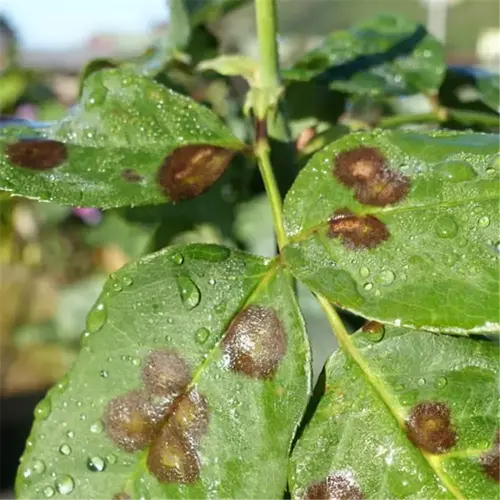Can resistant varieties completely avoid bacterial leaf spot?

Written by
Julia Anderson
Reviewed by
Prof. Samuel Fitzgerald, Ph.D.Bacterial leaf spot surpasses even the most resistant varieties of peppers in horrible weather conditions. As recently as last year, Boynton Bell peppers - considered immune - saw infection rates around 12% in the wake of Florida's record monsoon season. Resistance genes target certain bacterial races, which evolve to overcome specific plant defenses.
Genetic Limitations
- Resistance effective against 3 bacterial races (1-3)
- New races (4-6) detected in Southern states since 2020
- 5% minimum infection rate under 85°F+ (29°C+) stress
Integrated Solutions
- Rotate with corn/beans for 3-year cycles
- Apply copper sprays during high-humidity alerts
- Destroy crop residue within 72 hours post-harvest
Resistance to environmental stress cracks. I have seen spikes in infection when night temp stays above 68° F (20° C) for 5 or more nights. Use wireless field sensors - a Virginia farmer reduced their losses by 40% simply by using wireless sensors to trigger their copper sprays at 85% humidity thresholds. Your technology stack matters.
Sanitation closes the resistance gap. For example, sterilize trellis ties in hot water (160°F or 71°C) for 20 minutes in between seasons. One grower in Michigan stopped outbreaks by upping from 5% to 10% bleach in their footbaths. Resistance varieties require no clutter, and your boots create more risk than pollen does.
Read the full article: Bacterial Leaf Spot: Complete Guide to Identification and Control

